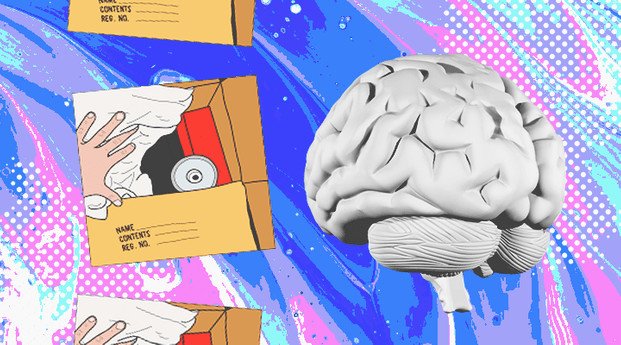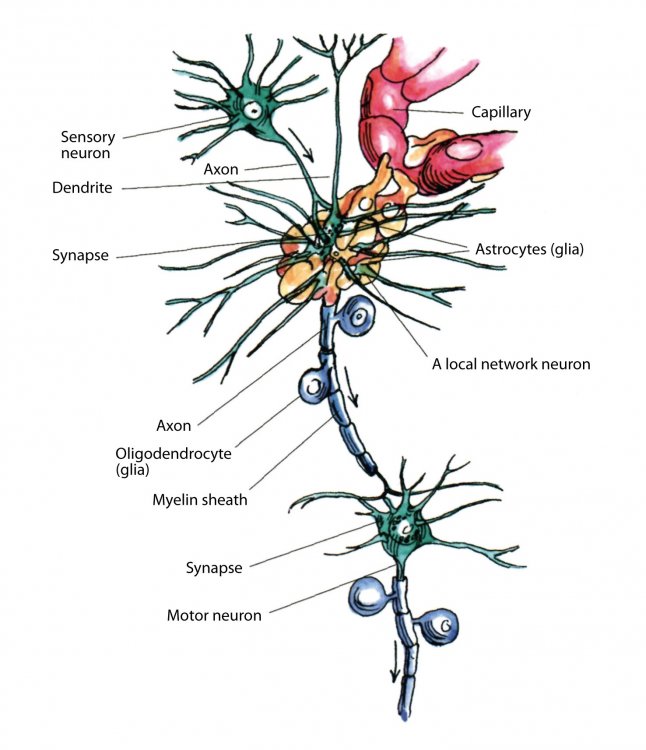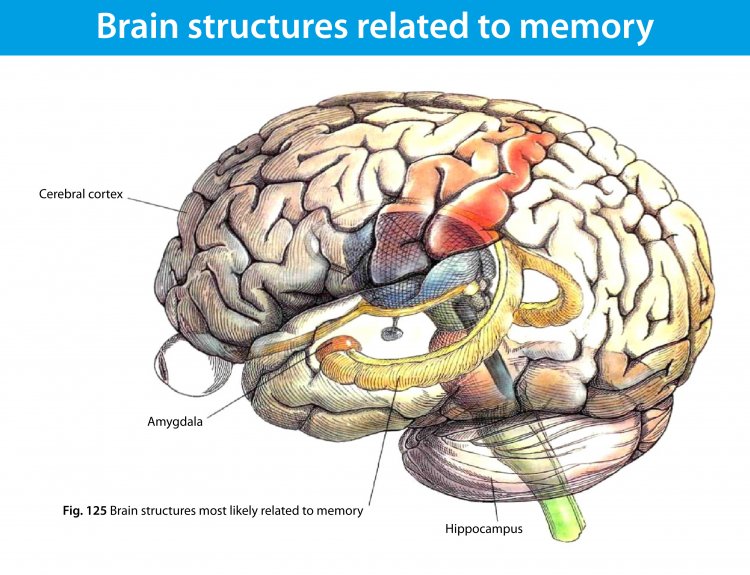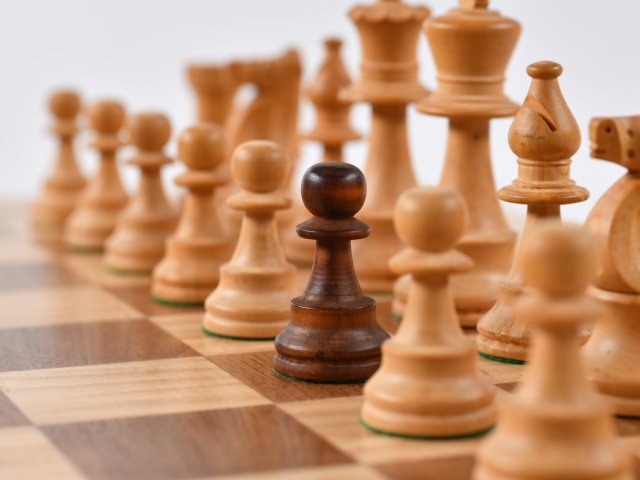Is it possible to remember something that didn’t happen? Yes. And it’s not about the power of imagination. For many years now, scientists have been investigating so-called false memories. What is that is not yet completely clear, but something is already known
“We took a small car from Oslo to Copenhagen. The car broke down. I remember quite clearly how we pushed it off the pier into the water. I even remember that the pier was made of wood, although I am sure that there are no such things in Copenhagen,” Svein Magnussen, Professor Emeritus at the University of Oslo, who has been researching false memories for many years and even became a victim of them himself, shares his memories.
For 30 years, he thought that he had broken the law until he met his old friend, who told him that the car had a completely different fate.
“At some point, I had a clear memory of how we pushed it off the pier. We probably discussed this possibility. And when I imagined it, the picture was imprinted in my memory as a real event,” explains the professor.
The case of the car is a vivid example of how a person falls into the trap of false memories, which often bears not a drop of truth.
The birth of memories
Neurons, like builders, “erect” the memory. This is their reaction to stimuli. When the strength of communication between neurons changes, reactivation occurs – our memory is formed. The combination known as synaptic plasticity reactivates.
A strong or weak contact appears between neurons – a synapse. Used connections can become stronger, and unused ones become weaker and disappear over time. The connection becomes stronger when neuron A activates neuron B, which triggers an action potential. The “language of communication” of neurons is electrical events, the so-called action potentials. As synapses change, new ones are added or some of them die off altogether, a puzzle is assembled in the head: our memory is formed, in which a variety of memories fit. Even false ones.
The tricky way
With the help of MRI machines, scientists have found out that the activity of the brain while fantasizing partially or even completely coincides with the activity during a real experience. The fact is that both fantasies, memories, and false memories in the brain are quite similar in their behavior. The only difference is in sorting when we distinguish the truth from the untruth and vice versa.
“Remembering isn’t a matter of looking up a fact in a mental file directory. “It’s more like telling stories – we forget and invent details. It’s hard to know when these don’t map onto reality because, as far as we can tell, memories are our reality,” says Robert Nash, a psychologist at Aston University.
Real memory is a form of fantasy. A false memory, on the other hand, only uses the laws of memory. It moves from the realm of fantasy to real memories and “pretends” to be reality. It can be compared to a cuckoo that sneaks up to the inscription “truth,” pushes the chick out of the nest, and begins to grow.
An experiment with mice
Is it possible to “implant” false memories in the brain? Yes. Scientists succeeded in this in an experiment with mice. They placed an electrode in the hippocampus of the mouse, or rather, where the neurons of the place are located, and then received a signal when the mouse was at someplace in the cell.
The researchers waited until the mouse fell asleep. During sleep, place neurons are activated: they record all the places they visited during the day and save them. The same place neuron in the mouse, as it should be, was activated in a dream.
From that moment, the manipulation began. In the reward center of the rodent’s brain, scientists placed an electrode that transmits electrical signals. Even a small impulse brought a sense of pleasure, for example, during the consumption of sugar. The reward center in the brain uses neurotransmitters to signal pleasure. This is how new connections appear between neurons and the learning process goes on. Scientists stimulated this center right at the moment of activity of a certain place neuron. The feeling of pleasure and the point of space, for which the place neuron was responsible and which the mouse stored in memory, became strongly connected. During wakefulness, such connections are formed if you give the mouse a treat at a certain place. The scientists created the connections artificially — in reality, the mouse did not gain a positive experience in this place.
Finally, the scientists noticed that after implanting memories of pleasure, the mouse often began to visit that point of the cell – a false memory was formed.
No one has tried to change the memories in the human brain. But psychological methods can be used for this because a person’s memory is so constructive and plastic that we can believe in something that could hardly ever happen. And even though researchers are still only studying the mechanism of false memories formation, it is clear that almost all people are subject to them. And the meaning of such memories can be very different: everyday and insignificant, or even decisive and fateful, or warning: cognitive scientists suggest that the analysis of memories is an aid in preparing for future scenarios. It’s all about collecting and storing information about the reaction of the environment to our actions: a false memory, perceived as plausible, could be better than the absence of a clue. In this sense, it can offer alternative decision-making scenarios, forcing the brain to work faster and more efficiently.
Photo on the page: royalcheese.ru
Photo on the homepage: twitter
























